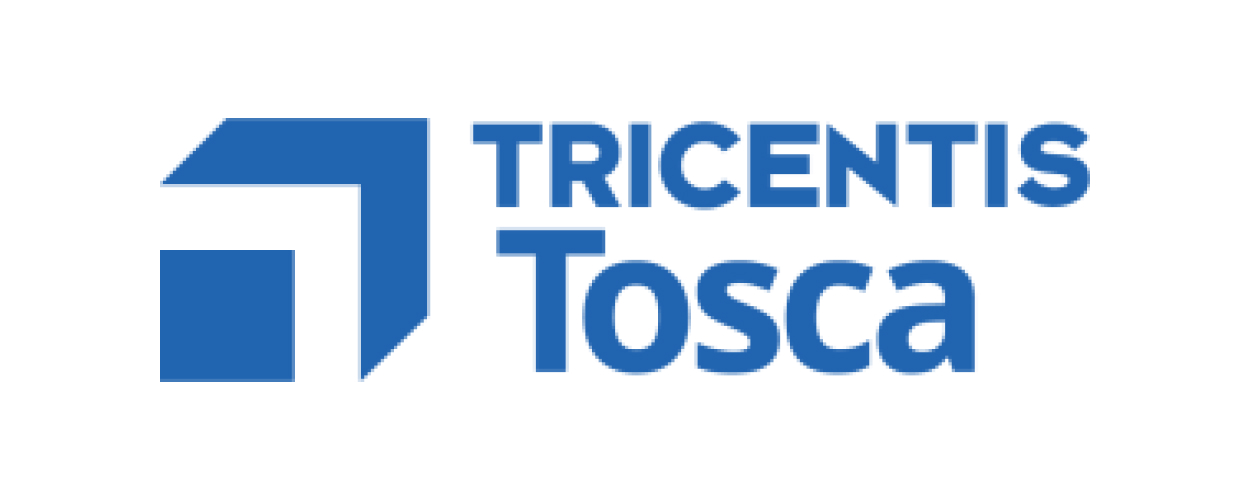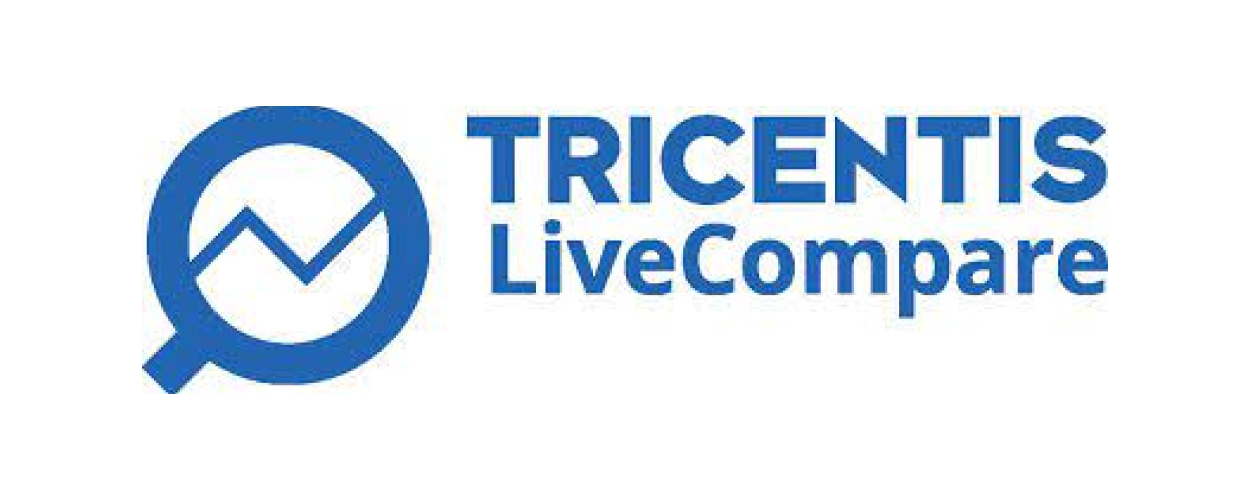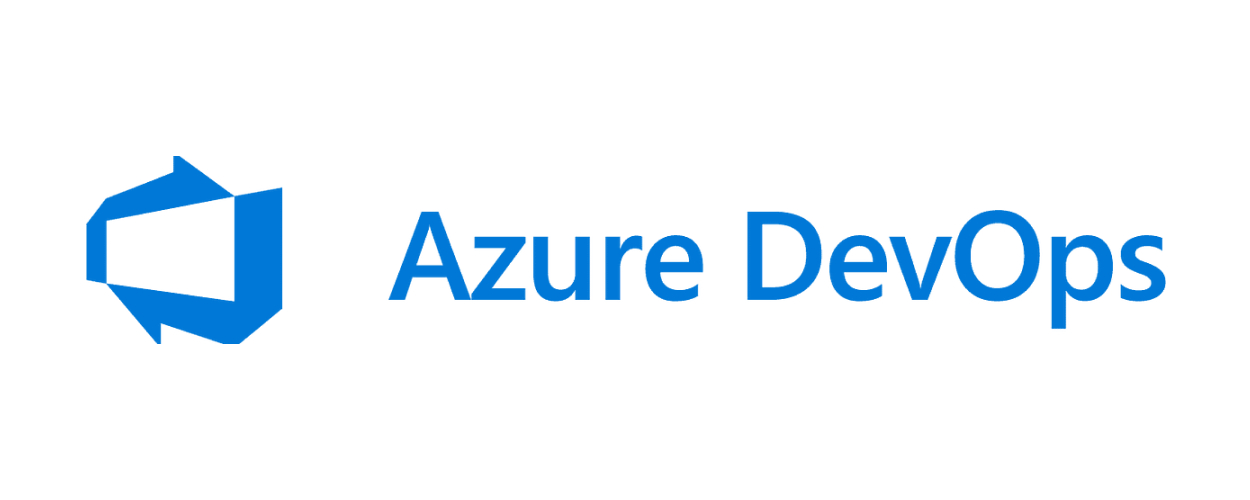Client Requirements
The client required the implementation of a comprehensive test automation solution from the ground up. They sought an agile, robust, and easily adaptable framework for their existing SAP GUI and SAP Fiori test cases, which were distributed across various business processes.

Key Challenges
The client faced challenges related to delayed release cycles, test execution, and lack of a robust framework. They aimed to significantly reduce testing efforts and costs, thereby enabling quicker release cycles by setting up a robust and scalable test automation framework from scratch.
- Manual Testing Effort: The client was running multiple test cycles across 15 different business processes in an Agile environment with frequent releases, necessitating significant manual testing effort.
- Repetitive Execution: Testers needed to execute test cases repeatedly to ensure they were current with the latest changes, leading to time and resource constraints.
- Framework Requirements: A robust and scalable test automation framework was needed that was user-friendly for both functional and business test users.
- Regression Cycles: The expectation was to run weekly and monthly regression cycles for critical scenarios across multiple countries, alongside multiple test cycles in alignment with the application's release cycles.
Specific Needs
- Customized SAP Fiori Applications: The applications had highly dynamic IDs for business objects
- Lack of Existing Automation Practice: The absence of an automation practice led to redundant and time-consuming manual testing.
- Environment Verification: The same test cases had to be verified in different Production and Non-Production environments, increasing manual testing efforts.
- Frequent SAP Releases: With multiple minor releases and at least one major release every quarter, there was no change impact analysis being performed, expanding the test scope for each release cycle and increasing the overall testing effort.


Proposed Solution
We recommended a model-based test automation framework that was script-less and easy to implement to accommodate both SAP GUI and SAP Fiori application test steps. This approach was selected for its agility, robustness, and ease of adoption, reducing the time needed for both implementation and maintenance.
Key Highlights of the Proposed Solution:
- Readable and Script-Less Test Cases: Test cases were designed to be easily readable and did not require scripting knowledge, making them accessible to all team members regardless of technical expertise.
- Reusable Artifacts: The creation of reusable artifacts was emphasized to facilitate their application in multiple test cases, thereby reducing maintenance efforts.
- Distributed Execution: The solution supported the distributed execution of test cases across both Production and Non-Production environments in various geographic locations, ensuring comprehensive testing coverage.
- Centralized Test Data Service: Centralized test data service capabilities were introduced to provide a robust test data management solution, significantly reducing test data maintenance efforts.
- Automated Documentation: A custom solution was developed to automatically document testing artifacts and store them in a shared location, minimizing manual effort and intervention.
- SAP Change Impact Analysis Integration: The automated solution was integrated with an SAP change impact analysis tool. When used in conjunction with the existing automation suite, this integration aimed to reduce overall automation efforts and costs by approximately 80%.
What Qentelli Did
To address the client's requirements and enhance their testing process, Qentelli implemented the following solutions:
- Collaborative Documentation: Partnered with functional testers to document manual test case steps directly in the test automation tool using its exploratory testing feature, thereby minimizing knowledge transfer efforts with functional SMEs.
- Extensive Automation: Automated over 1200 unique test scenarios across 13 different business processes, encompassing 35 countries and member firms.
- Non-Data Dependency Implementation: Applied non-data dependency solutions wherever applicable, reducing reliance on functional SMEs and ensuring seamless end-to-end automated test executions without manual intervention.
- Custom Test Suites: Developed custom test suites to ensure that critical functionalities were verified before advancing the code to the next deployment stage.
- Test Data Service Utilization: Leveraged the test data service feature of the automation tool to create multiple engagements with varied test data combinations, thereby reducing maintenance efforts.
- Failure Identification: Captured screenshots during test automation to identify application failures associated with respective functionalities.
- Integrated Automation and Impact Analysis: Delivered an end-to-end solution by integrating test automation scripting with SAP smart impact analysis tools. The only manual step required was providing SAP transport information moving into the SAP landscape.
Efficiency Gains from Automation
Business Modules | # Tc's Executed | Manual effort (In Hrs.) | Automation effort (In Hrs.) | Efforts saved (In Hrs.) |
|---|---|---|---|---|
Module1 | 163 | 305 | 7 | 298 |
Module2 | 119 | 495 | 26 | 469 |
Module3 | 44 | 99 | 4 | 95 |
Module4 | 14 | 14 | 2 | 12 |
Module5 | 11 | 56 | 1 | 55 |
Module6 | 26 | 124 | 5 | 118 |
Module7 | 20 | 115 | 3 | 112 |
Module8 | 4 | 18 | 1 | 17 |
,Module9 | 54 | 108 | 4 | 104 |
Module10 | 22 | 88 | 1 | 87 |
Module11 | 100 | 291 | 10 | 281 |
Totals | 577 | 1712 | 64 | 1648 |
- Total Efforts Saved: 1648 hours
- Manual Effort: 1712 hours reduced to 64 hours automation.
Business Modules | # Tc's Executed | Manual effort (In Hrs.) | Automation effort (In Hrs.) | Efforts saved (In Hrs.) |
|---|---|---|---|---|
Module1 | 444 | 830.28 | 13.32 | 816.96 |
Module2 | 217 | 902.72 | 40.08 | 862.64 |
Module3 | 182 | 407.68 | 9.38 | 398.3 |
Module4 | 26 | 26 | 0.67 | 25.33 |
Module5 | 8 | 36 | 3.12 | 32.88 |
Module6 | 19 | 109.25 | 2.3 | 106.95 |
Module7 | 43 | 220.59 | 3.31 | 217.29 |
Module8 | 117 | 340.47 | 11.9 | 328.58 |
Module9 | 59 | 118 | 2.75 | 115.25 |
Totals | 1115 | 2990.99 | 86.82 | 2904.18 |
- Total Efforts Saved: 2904.18 hours
- Manual Effort: 2990.99 hours reduced to 86.82 hours through automation.
The implementation of the test automation framework significantly reduced the client's manual testing efforts and costs, enabling quicker release cycles and ensuring the efficiency and reliability of their SAP GUI and SAP Fiori applications.
Key Outcomes
100%
Automation Of Regression Test Suites
93.6%
Hours Saved Within A Sprint
32%
Efficiency Increase With Reusable Scripts
Talk to an expert
Advance Your Business with Our Digital
Innovation Expertise
Demo






